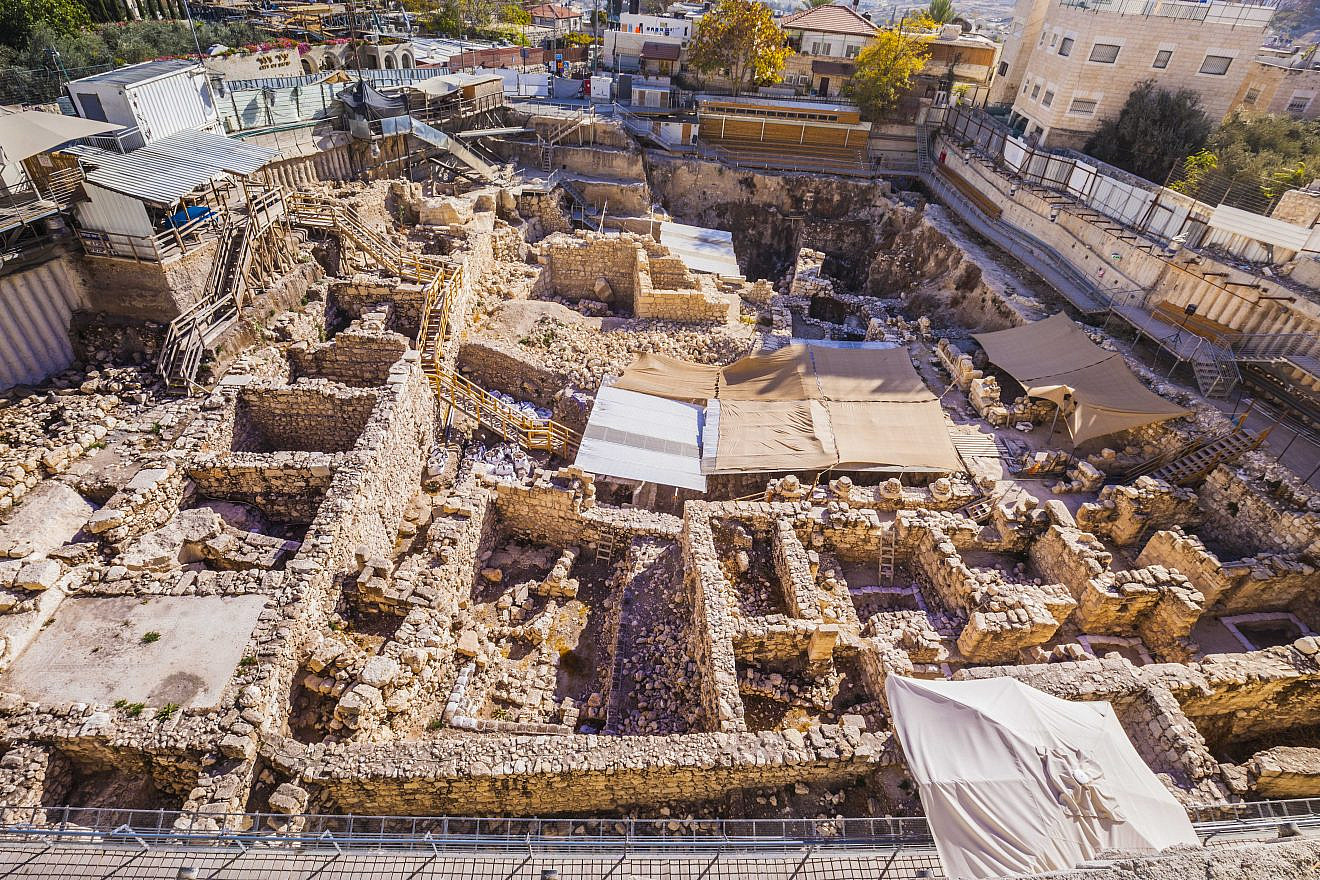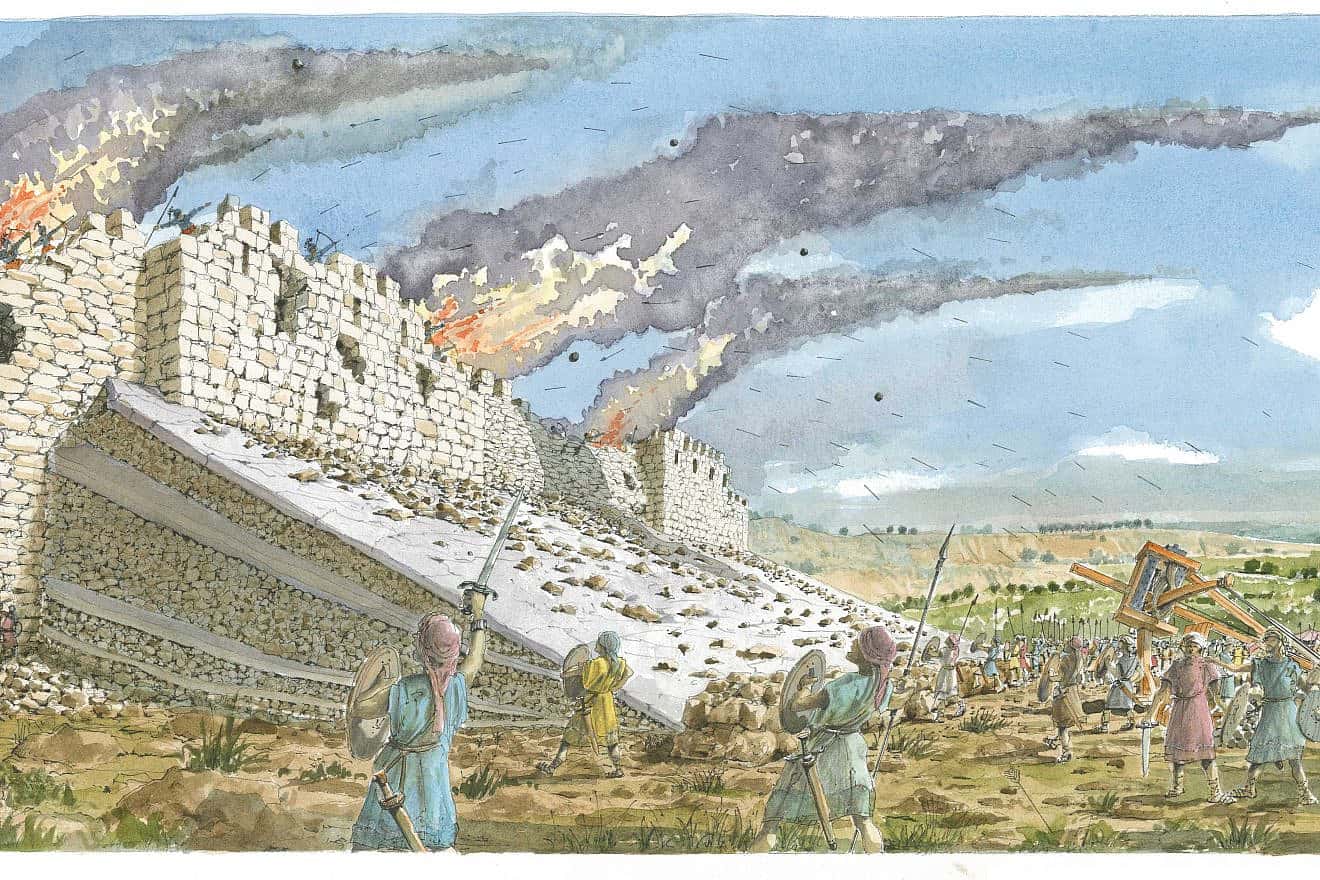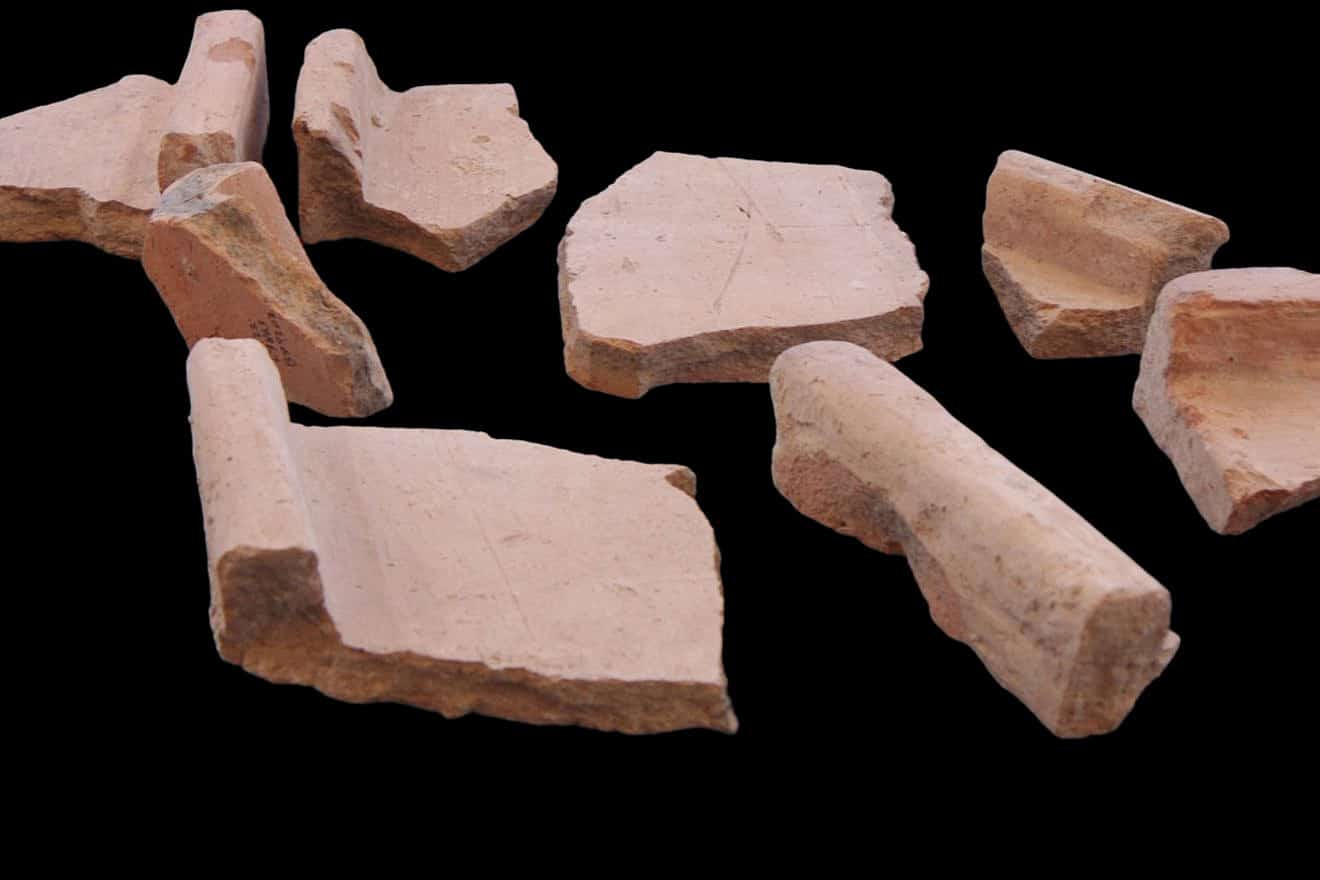Roof tiles dating back over 2,000 years uncovered just outside the Old City of Jerusalem provide a tangible connection to the story of Hanukkah, the Israel Antiquities Authority announced on Wednesday.
The 16 ceramic tile fragments, from the Hellenistic period in the second century BCE, were discovered during an archaeological excavation in a parking lot adjacent to the ancient City of David, according to the state-run archaeological body.

The tiles date to the time of the Greek Seleucid King Antiochus IV, the central villain of the Hanukkah story.
Ancient roofing tiles
Ceramic roofing tiles were invented in Greece as early as the seventh century BCE. Their durability and resistance to water, specifically rainwater, gained them a positive reputation and ensured their rapid adoption in neighboring areas, according to the researchers.
However, 500 years went by until they began to appear in the Land of Israel.
In fact, the person who brought them to Israel was none other than Antiochus IV Epiphanes.
Was the Greek fortress at the City of David?
According to the Books of the Maccabees, in 168 BCE, Antiochus IV undertook a military expedition to Jerusalem, which led to the outbreak of the renown Maccabean Revolt. In order to establish his control of the city, Antiochus constructed a mighty fortress that was known as the “Acra.”

The Greek soldiers residing in the fortress continued to rule the city after the Maccabean cleansing of the Jerusalem Temple, and according to the descriptions in the Books of the Maccabees and in the later writings of Josephus Flavius, the fortress embittered the lives of the Jewish residents. Despite several descriptions of the fortress, its exact location within the city still remains a matter of debate among scholars.
Architectural remains uncovered in recent years strengthen the theory that the fortress was located on the City of David hill, according to Ayala Zilberstein of the IAA and Tel-Aviv University. The discovery of the roof tiles constitutes additional evidence of the Hellenistic presence in the City of David, characterized by foreign construction traditions.
“Tiles were very rare in our region during this period, and they were alien to local construction traditions, indicating that the technique of using tiles to roof parts of a tower or a structure inside that famous fortress was brought from Greek-controlled areas by foreign rulers,” she said.
“Until now, we had little material evidence for the presence of the Seleucid Greeks in Jerusalem,” said Filip Vukosavović of the IAA. “The new tiles discovered in the City of David provide tangible remains of the Seleucid Greek presence in the region, linking us with the story of Hanukkah.”
Face to face with Antiochus 2,200 years after Hanukkah
“It’s very exciting to encounter the Seleucid ruler Antiochus IV ‘face-to-face’, almost 2,200 years after the events of Hanukkah,” he said.
While the climate and the relatively low precipitation in Israel did not justify the use of tiles for roofing, Antiochus still chose to use them, probably for cultural reasons and to make a statement, by introducing Greek monumental material culture into the country at a short distance from the Jewish Temple, the researchers said.
With the collapse of Seleucid rule and the ascent of the Hasmoneans, roofing tiles disappeared from Jerusalem, until the arrival of the new Roman conquerors.
“It is interesting to discover that roof tiles have been a standard roofing component throughout the world, although their design, shape and size have evolved over the centuries; it’s amazing how such an everyday item can teach us so much,” said IAA Director Eli Escusido.
The findings will be exhibited to the public for the first time on Monday at an IAA conference in Jerusalem titled: “In Those Days At this Time–The Hasmoneans are Coming.”
The event will be open to the public free of charge.


























